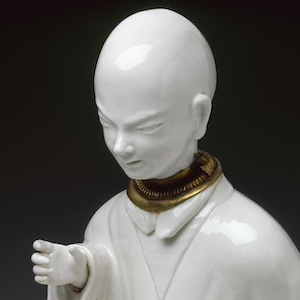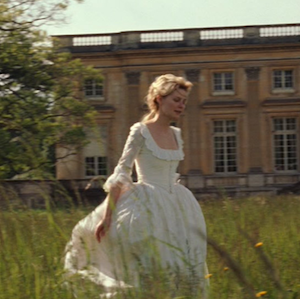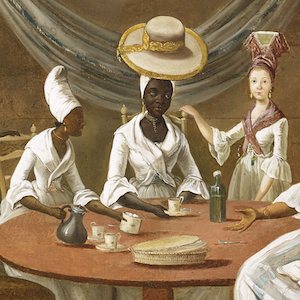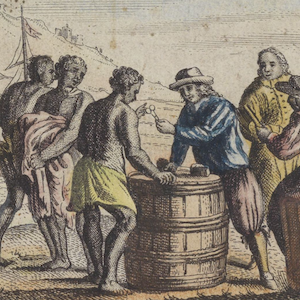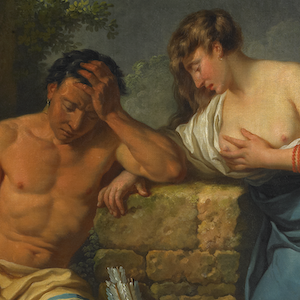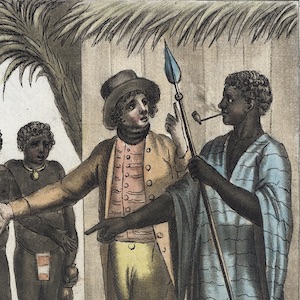Marika Takanishi Knowles Josiah Wedgwood’s anti-slavery medallion, “Am I Not a Man and a Brother?” (1787), is widely known as an example of the fraught representation of enslaved persons during the eighteenth century. In its effort to promote the abolition of slavery through the design of a fashionable accessory, the…
Making Whiteness: Art, Luxury, and Race in Eighteenth-Century France
